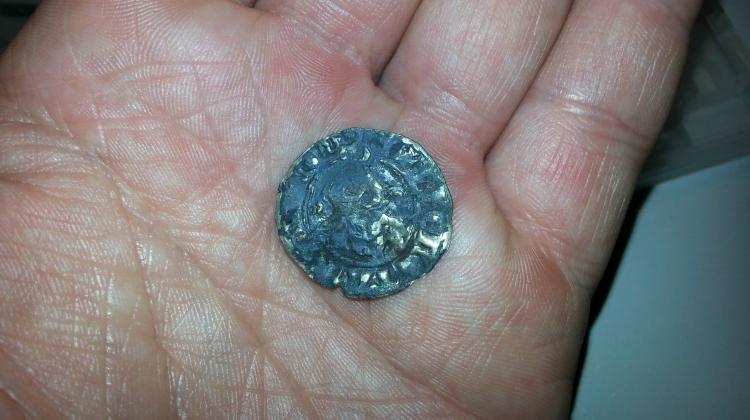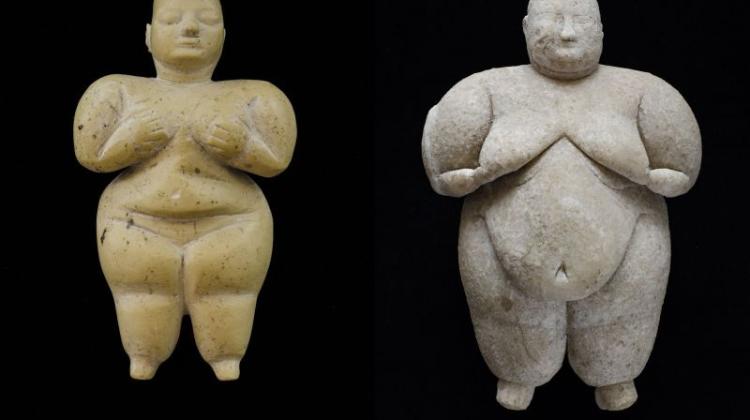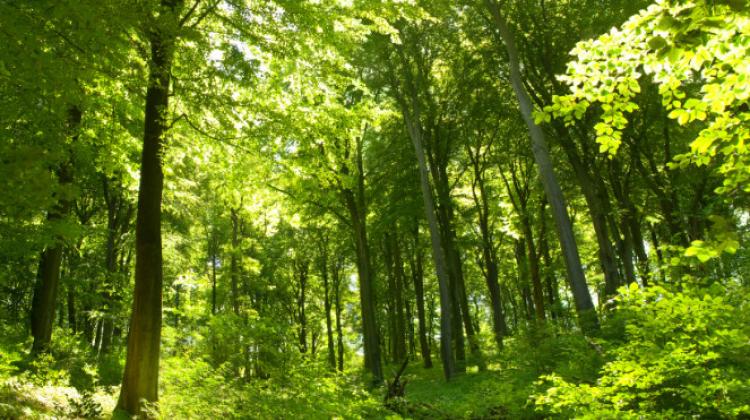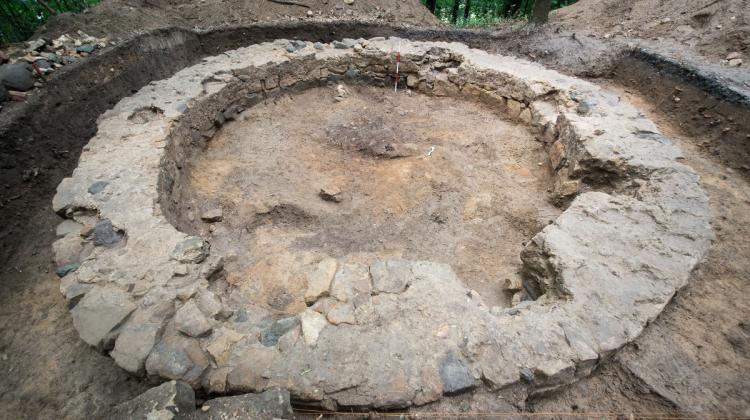Royal castle in Krzepice reveals its secrets

Archaeologists excavated more than 1,500 relics during the initial excavations within the area of the Krzepice castle on the border of Małopolska, Wielkopolska and Silesia, told PAP Radosław Herman, archaeologist and historian of architecture, with an independent multidisciplinary team "Studies of Historical Towns and Castles".
The first excavations in the area of the castle took place in August. The participants were researchers from the informal group composed of historians and archaeologists, under the name of independent interdisciplinary team "Studies of Historical Towns and Castles". The initiator of the archaeological work was Krzepice native, Andrzej Kobus - doctor of history, who is preparing a monograph of the Krzepice castle.
Preserved to this day are earthworks of modern fortifications of the fortress, and historical documents that are evidence of its former glory. The fortress played an important role of a frontier castle, as well as residence of crowned rulers, diplomatic envoys, and the office of local authorities. The only object within the ancient walls is an early twentieth century mansion. It belongs to a private owner who lives abroad and does not make it available to the public. According to the researchers, the owner, facilitated the excavations and keeps track of the results with interest.
"Historical research brought many new findings concerning the past of the Krzepice castle, among them the oldest map of the Krzepice castle from the early eighteenth century, discovered in the Swedish archives. The next step was to look deep into the earth" - said Wojciech Dudak, archaeologist, head of the team.
This year\'s excavations were a limited scope initial reconnaissance. Nevertheless, within a few days of work the archaeologists achieved interesting results. The most interesting include locating the moat that separated the castle from the ward. More than 1.5 thousand monuments have been excavated. Among them are examples of military objects, earthenware and glass. "We found a large collection of beautifully decorated, late Renaissance tiles" - reported Herman. "Their unique value lies in high artistic class, but also in the fact that we identify them as parts of the ceramic stoves from the representative meeting rooms, described in the illustration of the castle from 1636" - he added.
The researches have also dug out a few coins, which, according to archaeologists, perfectly illustrate the history of the castle. The most valuable discovery is a silver half-cent of Casimir the Great, which can be associated with the early days of the fortress, as it was at his command that the castle in Krzepice was built. Archaeologists have discovered a denarius of Władyslaw Jagiello from the end of the fourteenth century. It dates back to the time when the Polish king besieged Krzepice and took Wieluń Land from Prince Władysław of Opole. So far, the most numerous coins discovered were silver shillings of Sigismund III Vasa, from the period when the lock Krzepicki was at the peak of its glory.
"In times of Sigismund III, the Krzepice castle was extended by governor Mikolaj Wolski. It not only became a wonderful residence, but also a science centre. After the fire at the Wawel Castle, it was here that the king, together with the governor, conducted alchemical experiments. Krzepice hosted the most famous philosophers\' stone seekers, including the famous Michał Sędziwój" - described Herman.
Archaeologists expect that next season they will discover material evidence of that story. In the coming studies they will also use non-invasive techniques.
At the end of July, the results were presented to the residents of Krzepice. In the town square, the researchers prepared an exhibition, which presented the results of historical research - old maps of Krzepice and the surrounding area. The visitors talked with researchers and viewed the discovered monuments. In the future, a museum chamber presenting the results of the castle studies will be prepared - it\'s the result of a significant interest of local residents in the history of the fortress. More monuments will certainly be discovered, as archaeologists have planned research for several consecutive seasons.
PAP - Science and Scholarship in Poland
szz/ mki/ mrt/
tr. RL
Przed dodaniem komentarza prosimy o zapoznanie z Regulaminem forum serwisu Nauka w Polsce.


















